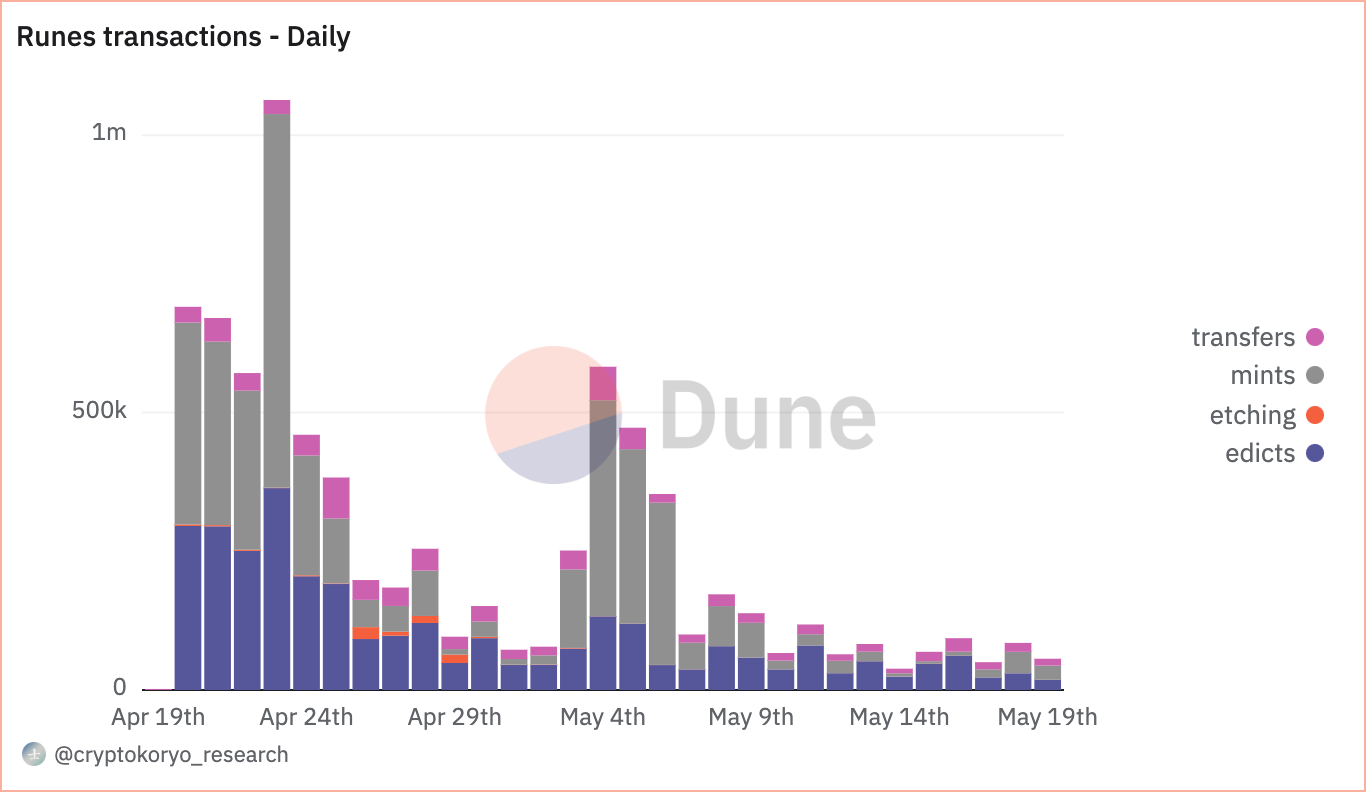Bitcoin developers are exploring the next growth frontier, i.e., programmability through decentralized finance (DeFi). Recent developments suggest that Bitcoin’s adaptability could soon rival Ethereum’s, potentially catalyzing significant market expansion.
Following the launch of the first US Bitcoin exchange-traded funds and the latest Bitcoin “halving,” the community has turned its focus toward the future of Bitcoin’s ecosystem.
SponsoredBitcoin Developers Work on Enabling Programmability
The spotlight is now on DeFi’s potential to transform Bitcoin from merely digital gold into a more dynamic, programmable platform. Toby Lewis, the co-founder of the Ordinals project – OrdinalsBot, believes that the Bitcoin DeFi ecosystem could grow to be the largest in the entire crypto ecosystem.
Currently, the Bitcoin total value locked (TVL) stands at $1.137 billion.
“It is possible that the Bitcoin DeFi ecosystem could grow to trillions of dollars of market cap over the next few years, and it appears to be one of the major drivers of growth in crypto this cycle,” Lewis said.
Read more: Bitcoin NFTs: Everything You Need To Know About Ordinals

Traditionally, Bitcoin has been viewed as a store of value with limited functionality beyond investment. Unlike Ethereum, which supports a rich ecosystem of apps and smart contracts, Bitcoin has lacked these capabilities. However, developers are now pushing to bridge this gap through innovative solutions.
One of the most talked-about advancements is the introduction of Bitcoin layer 2 networks such as Lightning, which aim to enhance Bitcoin’s scalability and utility for applications like payments. Despite previous setbacks and vulnerabilities, the community’s relentless pursuit of robust and secure solutions has led to the development of groundbreaking protocols.
In 2023, the Bitcoin Ordinals protocol marked a significant milestone by enabling the creation of non-fungible tokens (NFTs) directly on the Bitcoin blockchain. This was further expanded by the proposal of BRC-20 tokens by an anonymous developer known as Domo. These tokens leverage a similar inscription mechanism, significantly enhancing Bitcoin’s programmability.
Developers are also exploring other avenues, such as OP_CAT, a potential software upgrade that could simplify the implementation of programmability on the Bitcoin network. This proposal is under review, with significant backing from the developer community.
However, integrating programmability into the Bitcoin network has its challenges. The recent launch of the Runes protocol, which facilitates the creation of altcoins on the Bitcoin blockchain, initially surged network activity, but later, the hype cooled down.
Read more: Crypto Inscriptions: What Are They And How Do They Work?

At its peak, the Runes transaction crossed 1 million on April 23. However, as of May 19, the number of transactions is down to 56,372.

